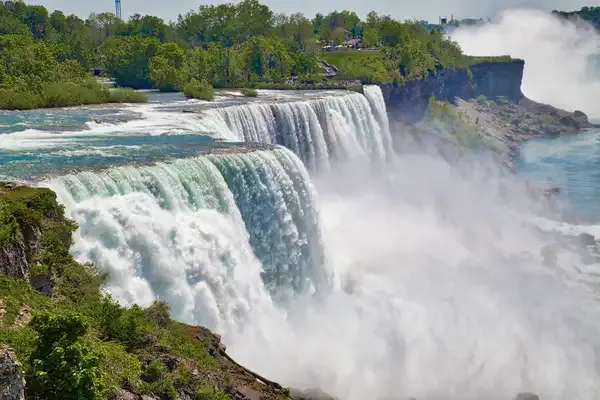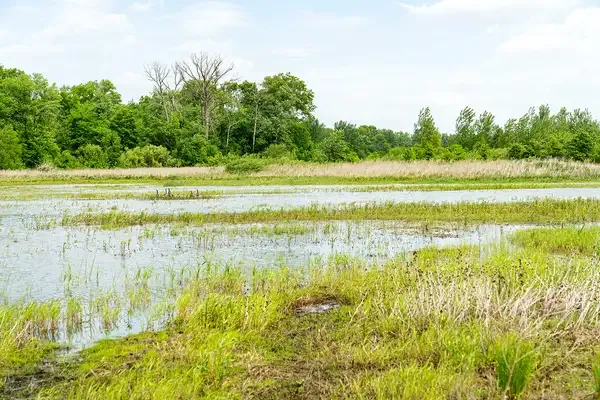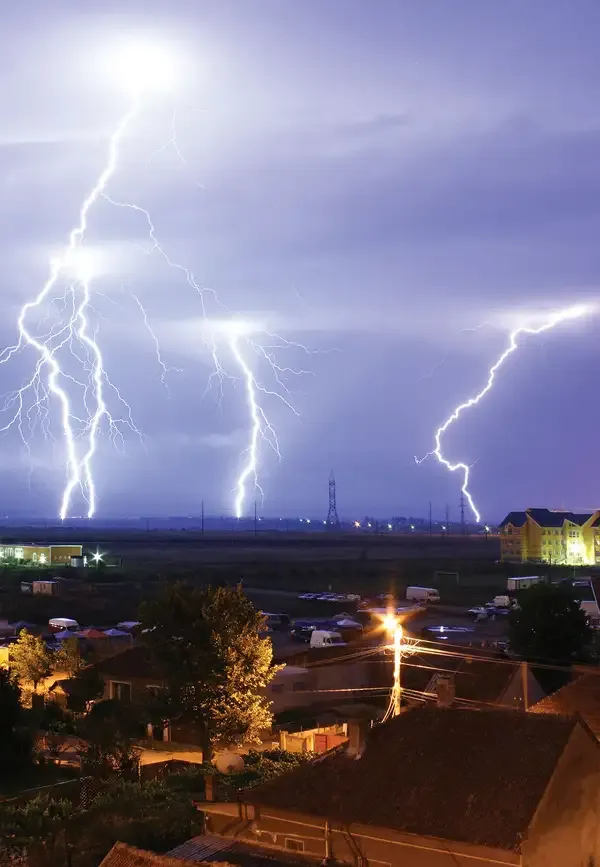- Home >
- Science
- > Innovation
How Old Is Niagara Falls?
Niagara Falls is estimated to be over 12,000 years old, originating at the end of the last Ice Age. As the glaciers receded, water from the newly formed Great Lakes carved a path through the Niagara Escarpment, creating the falls. The powerful force of the water continues to shape the landscape, causing the falls to gradually retreat upstream. Over the millennia, this natural wonder has remained a dynamic and evolving geological feature, capturing the awe of millions.

Niagara Falls is one of the most awe-inspiring natural wonders in the world, attracting millions of visitors each year. But how old is this magnificent spectacle? Understanding the age of Niagara Falls involves diving into geological history, the forces of nature, and the ever-changing landscape of North America.
The Geological Timeline of Niagara Falls
Niagara Falls was formed approximately 12,000 years ago at the end of the last Ice Age. As glaciers melted, vast amounts of water were released, carving out the Great Lakes and eventually flowing over the Niagara Escarpment. This geological process led to the creation of the stunning waterfalls we see today.
Formation of the Falls
The ''Niagara River'', which connects Lake Erie and Lake Ontario, has been pivotal in the formation of the falls. The water flows over the escarpment, which is made of layers of soft and hard rock. Over time, the softer rock eroded more quickly, leading to the dramatic drop that forms the falls.
Age of the Rocks
To understand how old Niagara Falls is, we must look at the age of the rocks that make up the falls. The rocks in the area are about 450 million years old, dating back to the time when the region was covered by a shallow sea. These rocks have been shaped by millions of years of geological activity, including sedimentation and erosion.
Historical Changes
While the formation of Niagara Falls dates back to around 12,000 years ago, the falls themselves have been continuously changing. The ''erosion rate'' at Niagara Falls is approximately one foot per year. This means that the falls are gradually moving upstream, and over thousands of years, they will continue to change in form and appearance.
Table: Erosion Rate and Historical Changes
| Year | Distance Moved Upstream (feet) | Estimated Age of the Falls (years) |
|---|---|---|
| 12,000 | 0 | 12,000 |
| 11,000 | 1,000 | 11,000 |
| 10,000 | 2,000 | 10,000 |
| 9,000 | 3,000 | 9,000 |
| 8,000 | 4,000 | 8,000 |
| 7,000 | 5,000 | 7,000 |
| 6,000 | 6,000 | 6,000 |
| 5,000 | 7,000 | 5,000 |
| 4,000 | 8,000 | 4,000 |
| 3,000 | 9,000 | 3,000 |
| 2,000 | 10,000 | 2,000 |
| 1,000 | 11,000 | 1,000 |
Current Age of Niagara Falls
As of today, Niagara Falls is approximately 12,000 years old, but it is essential to recognize that the individual features of the falls are continuously evolving. The current form of the falls is a result of both natural processes and human intervention, including damming and water diversion.
Human Impact on the Falls
In the 20th century, human activities have significantly impacted the flow of water over ''Niagara Falls''. Dams and power plants have been built to harness hydroelectric power, which has altered the volume of water flowing over the falls. These changes may also affect the rate of erosion and the overall lifespan of the falls.
The Future of Niagara Falls
Looking ahead, scientists estimate that Niagara Falls will continue to erode at its current rate. In about 50,000 years, the falls may reach Lake Erie, fundamentally changing the landscape of the region. However, conservation efforts are in place to protect this natural wonder, ensuring that future generations can enjoy its beauty.
Conclusion
In summary, while ''Niagara Falls'' is a relatively young geological feature at around 12,000 years old, its age is constantly evolving due to natural and human influences. The rocks that form the falls have existed for millions of years, and understanding the history behind this magnificent site can enhance our appreciation of its beauty. Whether you're planning a visit or simply curious about its history, Niagara Falls remains a testament to the power of nature and the passage of time.












